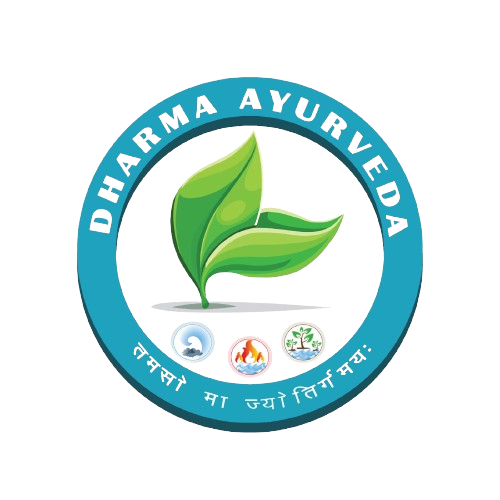From Roots
to Remedies:
Natural Diabetes Care

- Low Glycemic Index Foods: Eating foods with less glycemic index is beneficial in ensuring stable blood sugar levels.
- Avoidance of Sugary and Processed Foods: These contribute to sudden high blood sugar levels and should thus be limited or avoideded.
Frequent Small Meals: Taking small meals frequently can help in good glucose management.
- Regular Exercise: Activities like yoga, walking, etc. help maintain a healthy level of glucose in the bloodstream that contributes to overall well-being.
- Stress Management: Stress can affect blood sugar. Meditation, pranayama (breathing exercises), and relaxation techniques can reduce stress.
- Adequate Sleep: Having enough sleep is essential for metabolic balance and maintaining general health.
- Bitter Melon (Momordica charantia): Bitter melon is a juice, food, or supplement that can be taken to reduce blood sugar levels.
- Turmeric (Curcuma longa): It contains curcumin that has anti-inflammatory properties and reduces blood sugar.
- Neem (Azadirachta indica): Neem leaves are used for hypoglycemic effects.
Principles of
Ayurvedic Treatment
Detoxification
Panchakarma, a detoxification process, cleanses the body and eliminates toxins (Ama) that contribute to disease.
Herbal Remedies
Various herbs and plant-based remedies are used to manage blood sugar levels and improve overall health.
Balancing the Doshas
Ayurveda aims to balance the three doshas—Vata, Pitta, and Kapha. Diabetes is often associated with an imbalance of Kapha and Vata doshas.
Type 1 Diabetes: This diabetes can come on all of a sudden in some people within several weeks, and the symptoms can be severe.
As the body attempts to remove extra glucose through urine.
This is due to dehydration caused by excessive urination.
Even if you are eating, there is still not enough sugar in your cells.
Cells starve for glucose, while fats and muscles start burning down since insulin is absent despite eating more food to satisfy hunger.
When deprived of glucose, which they use as energy cells, they tend to become tired.
This may be due to high levels of sugar in the blood that cause lens swelling.
Mood changes like irritability or feeling down.
Type 2 Diabetes: The progression of symptoms for type 2 diabetes tends to be slower than those of type 1, and some may even go unnoticed.
Just like type 1 diabetes.
Especially after eating food.
Because the cells are unable to get enough glucose.
Also from changing fluid levels
High blood sugar levels can affect circulation and damage nerves, resulting in slow healing.
This condition weakens the immune system, making patients vulnerable to such ailments as yeast and bacterial infections, especially in women’s private parts.
Acanthosis nigricans indicating insulin resistance might occur around these parts.

Vamana (Therapeutic Vomiting)
It facilitates the elimination of Kapha dosha from the body system.
Raktamokshana (Blood Letting)
Blood toxins are removed from circulation via Raktamokshana.
Nasya (Nasal administration)
It purifies the nasal passage, and that is how doshas become balanced during the Nasya procedure done on patients.
Basti (Enema Therapy):
Balancing vata dosha and cleaning up the colon means Basti therapy can also be used as an enema therapy. In other words, cleaning up the colon balances vata doshas, so one may resort to Basti treatment, also known as enema therapy.
Virechana (Purgation):
It purifies Pitta dosha by cleansing its channels or passages, such as the intestines, particularly the colon, where this kriya takes place.
